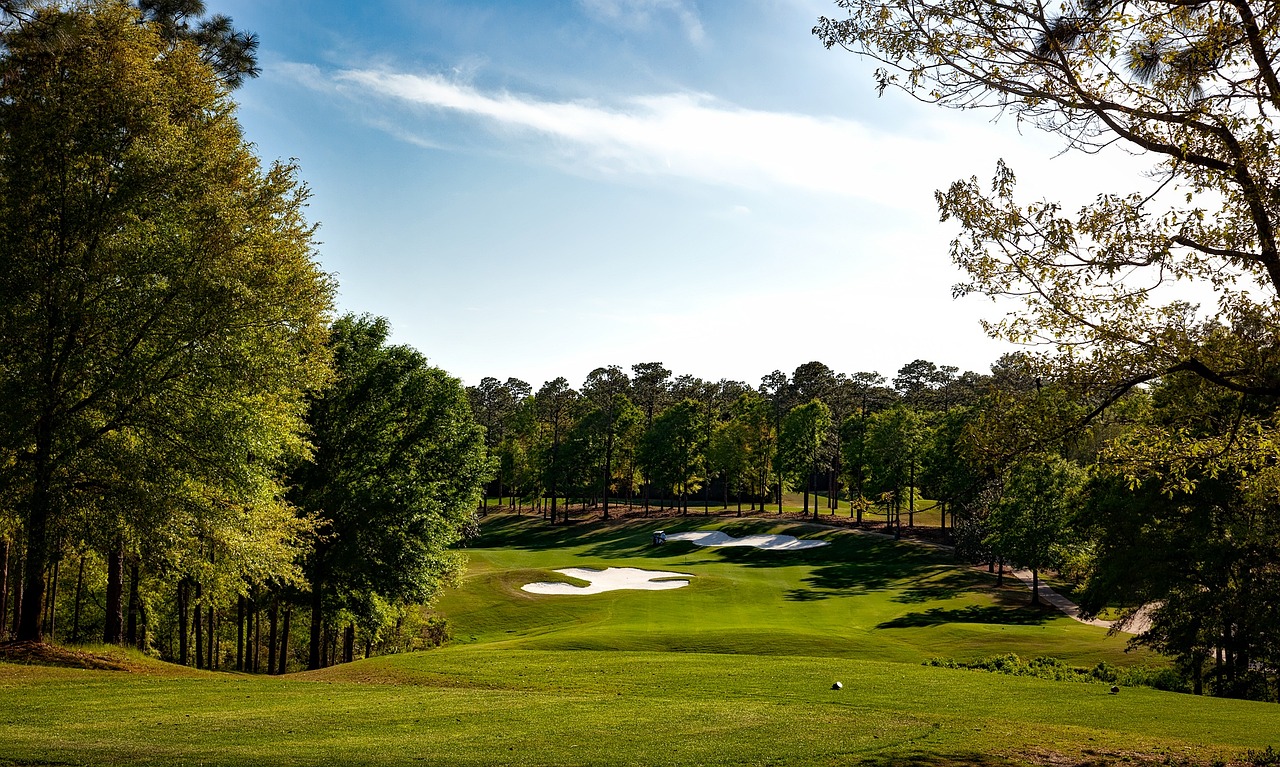What is the Fairway in Golf?
Golf is a game steeped in tradition and intricacies, where every aspect of the course contributes to the challenge and beauty of the sport. Among the most crucial elements of a golf course is the fairway, a term that resonates deeply with both seasoned golfers and newcomers alike. Let’s delve into what makes the fairway so central to the game and why it holds a special place in the hearts of golf enthusiasts worldwide.
What is the Fairway?
The fairway is the verdant carpet that stretches between the tee box and the putting green. It’s meticulously maintained, featuring shorter grass compared to the rough that flanks its borders. This carefully manicured strip is not just aesthetically pleasing but serves a fundamental purpose in the game of golf.
The Importance of the Fairway
For golfers, hitting the fairway is akin to finding a treasure trove. Landing your tee shot or subsequent shots in the fairway offers a slew of advantages that can significantly impact your game:
- Better Lies: The shorter grass of the fairway provides a more consistent and predictable surface for your ball to rest on. This means you’re less likely to encounter uneven lies or challenging lies that can make shot execution more difficult.
- Clearer Path to the Green: Once your ball is in the fairway, you have a clearer line of sight to the green. This visibility allows you to plan your approach shots more effectively, taking into account hazards, bunkers, and the contours of the green.
- Easier Shot Execution: With a good lie and a clear path, golfers can execute shots with more control and accuracy. This is particularly crucial for approach shots, where precision can make the difference between a birdie opportunity and a struggle for par.
- Strategic Advantage: The fairway isn’t just a passive feature of the course; it’s a strategic element that golfers must navigate skillfully. Course designers often place hazards and bunkers strategically along the fairway, adding a layer of challenge and requiring golfers to make strategic decisions.
The Fairway’s Role in Course Design
Course architects pay meticulous attention to fairway design, shaping it to complement the overall layout and challenge of the course. Factors such as the width of the fairway, the positioning of hazards, and the contours of the land all contribute to the strategic complexity of the game.
Wide fairways may seem inviting, but they can still present challenges, especially when paired with strategically placed hazards or undulating terrain. Narrow fairways demand precision off the tee, testing golfers’ accuracy and nerve.
Fairway Etiquette and Maintenance
Respect for the fairway is ingrained in golf etiquette. Golfers are expected to repair divots (small depressions caused by ball impacts) and pitch marks (marks made by the ball hitting the green) to maintain the integrity of the fairway and ensure a smooth playing surface for all.
Groundskeepers play a vital role in fairway maintenance, using specialized equipment to mow and care for this crucial part of the course. Their efforts contribute to the overall playing experience and the visual appeal of the fairway.
Conclusion
In the intricate tapestry of golf, the fairway stands out as a symbol of precision, strategy, and natural beauty. It’s where the game’s challenges and rewards intersect, offering golfers a canvas on which to showcase their skills and creativity. Whether you’re a seasoned player or new to the sport, the fairway beckons with its allure, promising an adventure filled with excitement and the timeless charm of golf.
If you want to learn a little more about the game of golf, check out some of the posts below.

